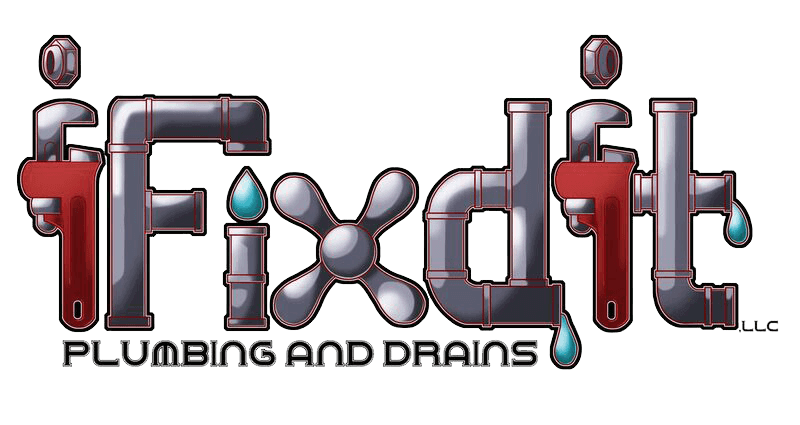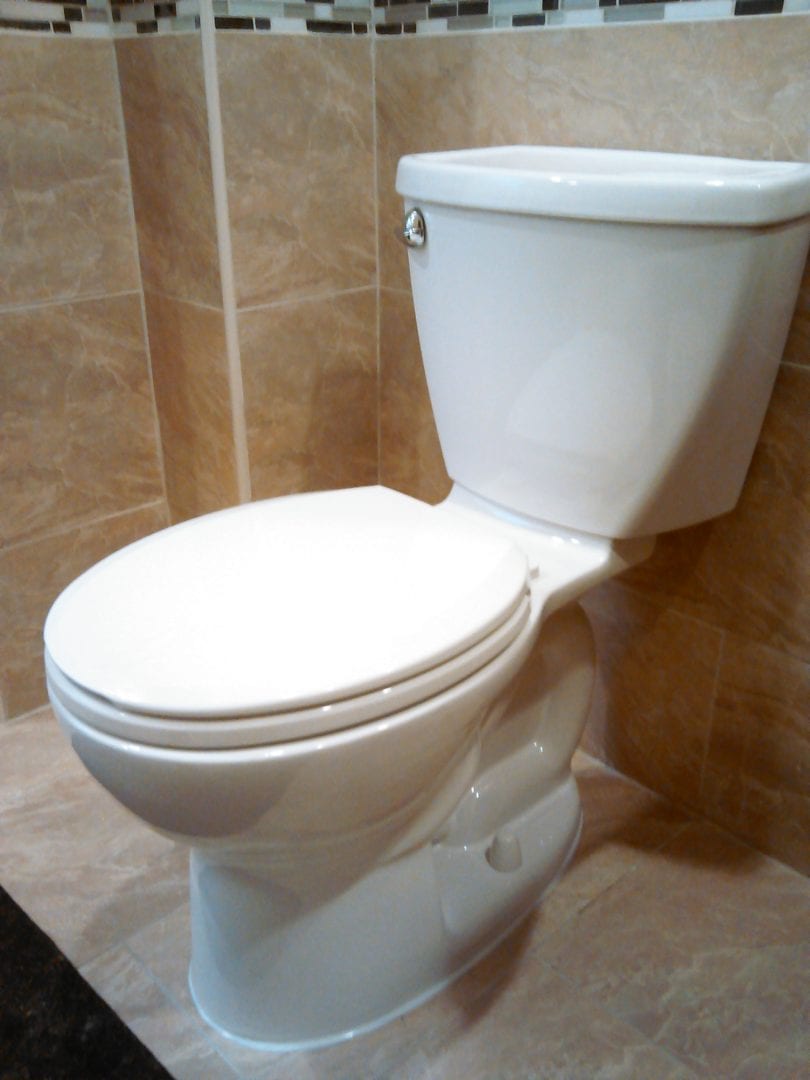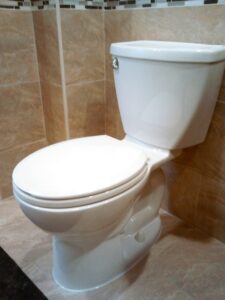
You hear it every once in a while in your Philadelphia home, a toilet that will run the water for no clear or apparent reason. You don’t think much about it until you start seeing a few dollars extra on your water bill or you hear the water running more frequently. The staggering truth is that a faulty toilet that intermittently runs to refill lost water due to an internal leak or defective system can use up to 10,000 gallons per year!
iFixdit, LLC has been serving the Philadelphia area for years providing high quality plumbing repair services; in this article will shed a little light on the water waster: “the leaking toilet” and how you can save yourself money as well as have an impact on conserving water for the Philadelphia community.
How to fix a running toilet?
Fixing a running toilet in Philadelphia will depend on many different factors such as how often is it running, when does it occur and is the problem visually identifiable. Below are some things to look for to see if you can determine how to keep your toilet from using excessive water by running too often.
Check the Flapper Valve
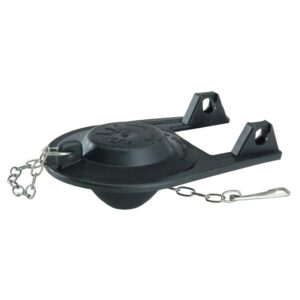 The flapper valve is the large rubber cover in the upper tank that releases the water into the lower bowl for flushing. If the toilet continues to run the water, like it’s trying to fill up the upper tank, continuously after a flush; more than likely it’s the flapper. Sometimes fixed in Philadelphia by the highly technical procedure: “jiggling the handle” -it still identifies a larger problem that should be fixed before it ends up costing you on your utility bill. Here are some things to look for about proper flapper operation:
The flapper valve is the large rubber cover in the upper tank that releases the water into the lower bowl for flushing. If the toilet continues to run the water, like it’s trying to fill up the upper tank, continuously after a flush; more than likely it’s the flapper. Sometimes fixed in Philadelphia by the highly technical procedure: “jiggling the handle” -it still identifies a larger problem that should be fixed before it ends up costing you on your utility bill. Here are some things to look for about proper flapper operation:
- If the chain is too long it may get caught underneath the flapper causing it to continually leak internally keeping the water flow constantly needing to turn on. Noting that the chain has an adjustment with the clasp to the handle, simply shorten the chain to correct this problem.
- If the chain is too short it can cause the flapper to pull away from its hinge (which is just thin rubber hooked around a plastic stud) leaving the flapper not to close properly at all. Re-attaching the flapper, if it hasn’t been damaged and lengthening the chain by a couple of links should correct this problem.
- In a few cases we have seen where water erosion, in older Philadelphia homes, has degraded the seal in the top part of the tank. When this happens the flapper, even a brand-new one, will not be able to properly keep the water from escaping internally in the toilet. The proper repair in this instance would be to have a plumbing professional such as I*Fixdit, LLC -Plumbing and Drains replace the seal or in some cases recommend the replacement of the toilet for better efficiency.
The Valve and the Float
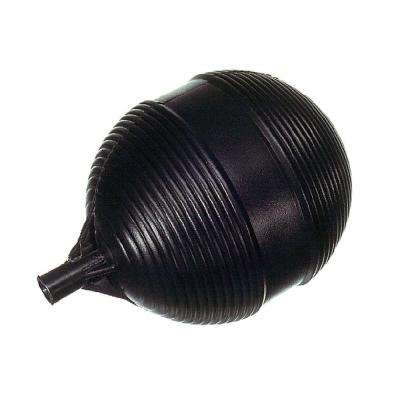 The valve in the float is the device that allows water, at a metered interval, to come into the upper tank after a flush. When the flapper valve opens, it releases the water from the upper tank into the lower bowl to create a flume of water that will instigate the flushing process. The valve and float replenish the water in the upper tank to a preset level, which is where the float comes in. If the float is not properly calibrated or sticks in some way to the side of the tank or shaft (depending on the design) it can cause the water to run excessively. Note: most modern valve systems in Philadelphia have a failsafe to keep the water from overflowing in the upper tank.
The valve in the float is the device that allows water, at a metered interval, to come into the upper tank after a flush. When the flapper valve opens, it releases the water from the upper tank into the lower bowl to create a flume of water that will instigate the flushing process. The valve and float replenish the water in the upper tank to a preset level, which is where the float comes in. If the float is not properly calibrated or sticks in some way to the side of the tank or shaft (depending on the design) it can cause the water to run excessively. Note: most modern valve systems in Philadelphia have a failsafe to keep the water from overflowing in the upper tank.
Note the steps to inspect the valve and float operation:
- Move the float down to see if the water comes on and off when it comes up. If so flush the toilet and watch the operation of the float to see if it appears to stick either on the valve shaft or the side of the upper tank (depending on the style of valve and float you have). If the float appears to stick on the side of the tank, simple repositioning should take care of it. If the float is getting stuck on the side of the valve shaft, this is generally a non-serviceable item and should be replaced.
- If the water valve is the culprit it will generally show itself by excessive leaking from the top of the valve shaft. If the seal gives way or mechanical failure in the head of the valve occurs, the water will run continuously because the float is the mechanical trigger that turns off the valve and is generally cheaper to replace the part than it is to repair.
Note: Most box store toilet repair kits in Philadelphia include the valve and float assembly and flapper valve. These components are generally made from cheap plastic and are only anticipated to work less than a year. Because labor can be kind of messy for this type of repair, it is recommended to spend a few extra dollars and get the best you can afford if you choose to repair yourself.
When should I call iFixdit, LLC -Plumbing and Drains?
You should contact I*Fixdit, LLC -Plumbing and Drains, at any time that you feel that you don’t want to deal with repairing your running toilet, don’t have the tools to repair the running toilet, or none of the instances above seem to fit why your toilet is continuously running. iFixdit, LLC -Plumbing and Drains has been serving the Philadelphia community for years providing quality and timely professional plumber services for everything from clogged drains and toilet repairs to plumbing installation and pipe repair for new homes and remodels. Our registered master plumber is ready to help with your plumbing needs.
Useful Links
Click to see more about the services provided: Click Here
